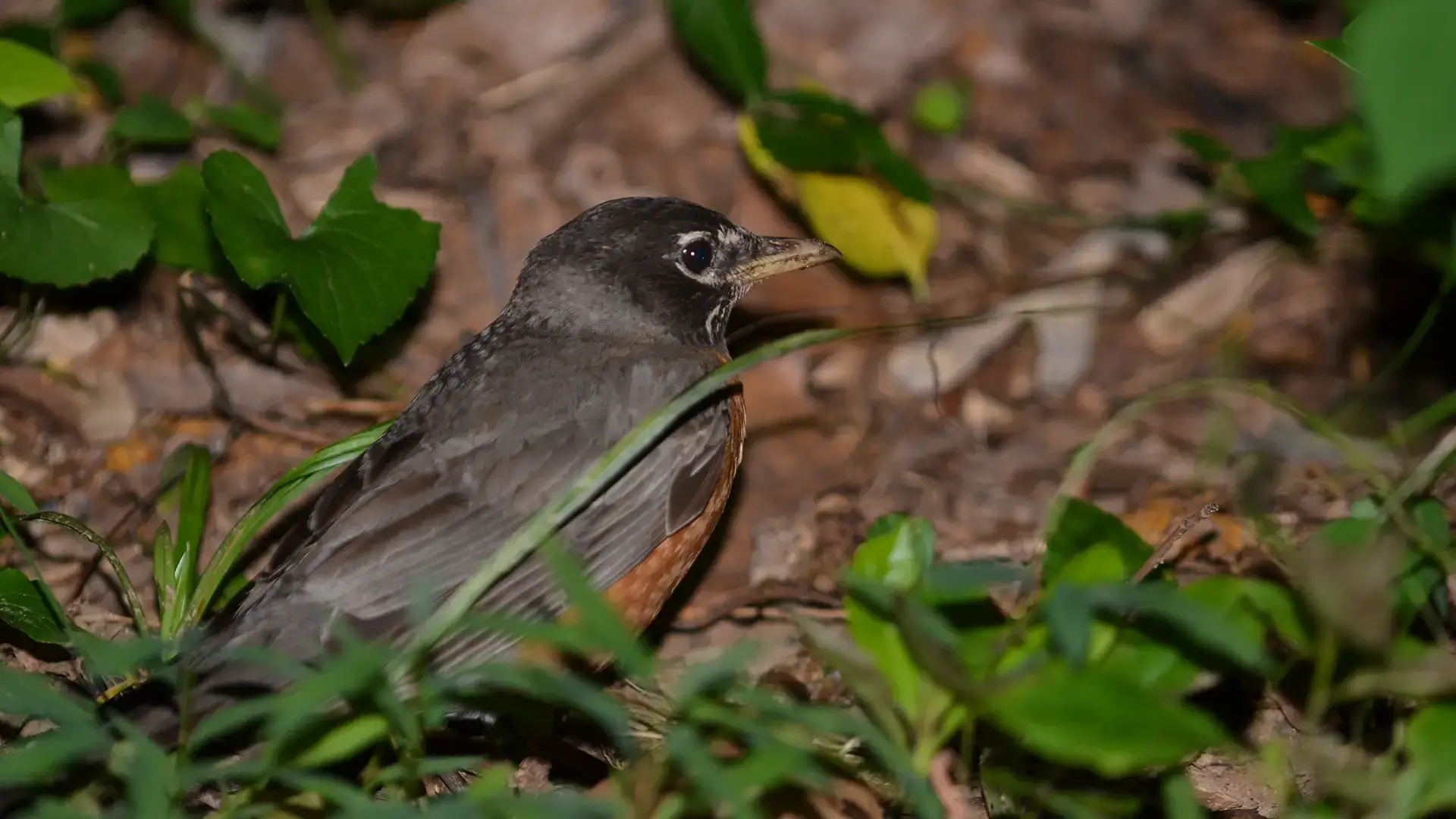
We love our feathered friends from afar, but the diverse community of birds in North Carolina can sometimes lead to unexpected and unwanted visitors in our homes. By staying calm, using some simple strategies, and seeking professional help when needed, you can safely help them find their way back to the great outdoors where they belong.
At A-1 Pest Control, we have been helping North Carolina homeowners remove these winged guests, and prevent birds from getting into their homes into the first place. Here, we’ll explore the types of birds most commonly found in homes, how to spot the signs, and what steps you can take to keep them out.

Birds in North Carolina
North Carolina is home to hundreds of species of bird, but there are a select few who seem to make a habit out of turning our homes into their habitats.
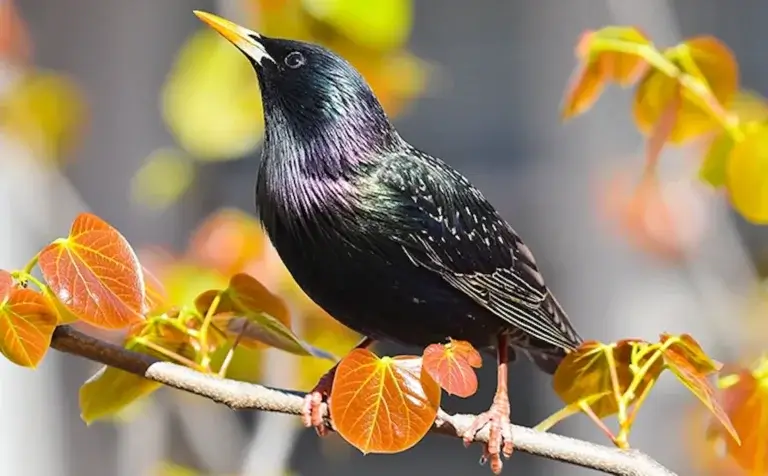
Starlings
Starlings are medium-sized, highly adaptable birds known for their stunning iridescent black plumage with speckles and spots. Native to Europe, Asia, and North Africa, they are excellent mimics and can imitate a wide range of sounds, from that of other bird species to mechanical noises.
Starlings are often seen in large flocks, especially during migration and in urban areas, where they forage for a variety of foods, including insects, fruits, and human scraps. Unfortunately, these pest birds are known to drive native birds away, damage property, and introduce health risks with their droppings.
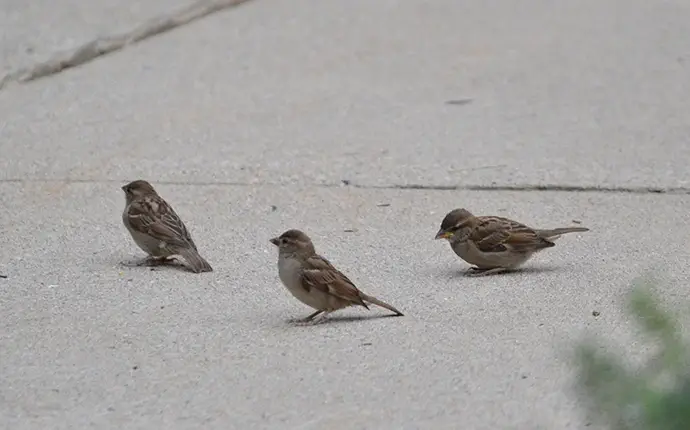
Sparrows
Sparrows, with over 140 global species, vary widely in plumage, adept at blending in. In North Carolina, the house sparrow reigns, measuring 6 ¼ inches. Males sport chestnut topsides, gray heads with whitish cheeks, and a black throat. Females are simpler with tan bodies and dark wings. They eat seeds, insects, aiding pest control, nest communally in cup-shaped nests in sheltered spots.
They tend to build nests in rafts of homes, so if sparrows are taking over your property, it may be time to consider humane sparrow relocation.
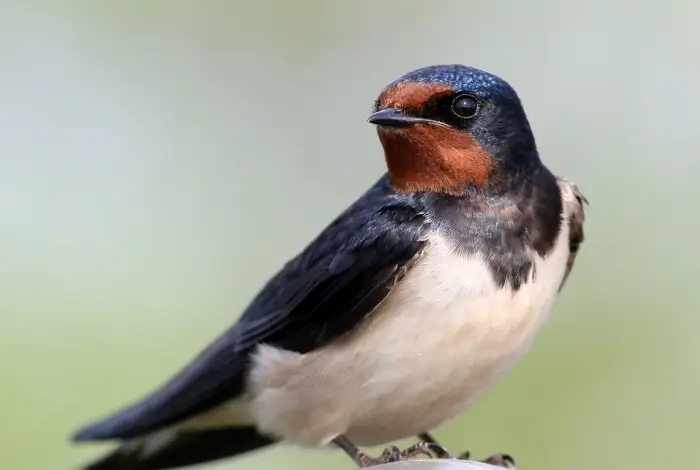
Swallows
Known for their graceful, aerobatic flight patterns, swallows are easily recognizable by their slender bodies, long wings, and forked tails. Swallows are primarily insectivorous, catching insects in mid-air with their agile flight skills.
They are migratory birds, with many species undertaking long-distance journeys between their breeding and wintering grounds. Swallows often build cup-shaped nests made of mud, and attach them to man-made structures. The barn swallow, which can be recognized by their cobalt blue body, is the most commonly spotted in North Carolina.
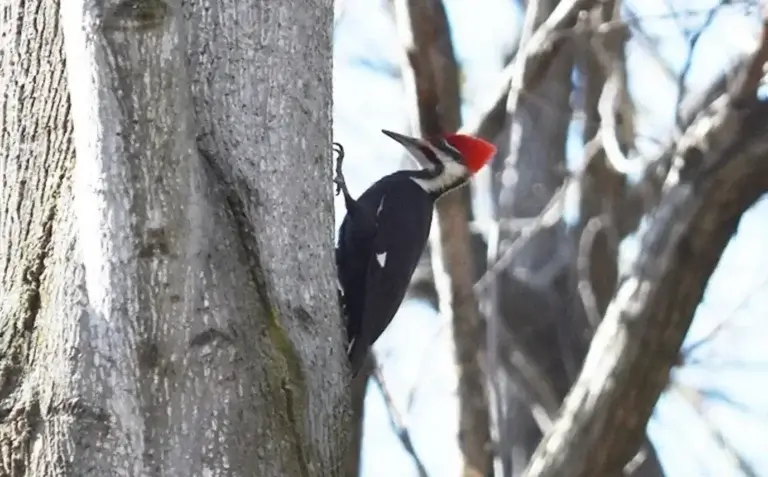
Woodpeckers
Woodpeckers are known for their strong bills used to drill into trees for insects and sap. They balance with stiff tail feathers while causing damage to structures like siding and window frames. Holes they make can attract carpenter bees. They drum with their bills for communication, aided by shock-absorbing skulls.
While vital to forests for insect control and nesting, managing them on your property may require humane relocation. To learn more about woodpeckers, their habits, and humane removal, click Learn More.
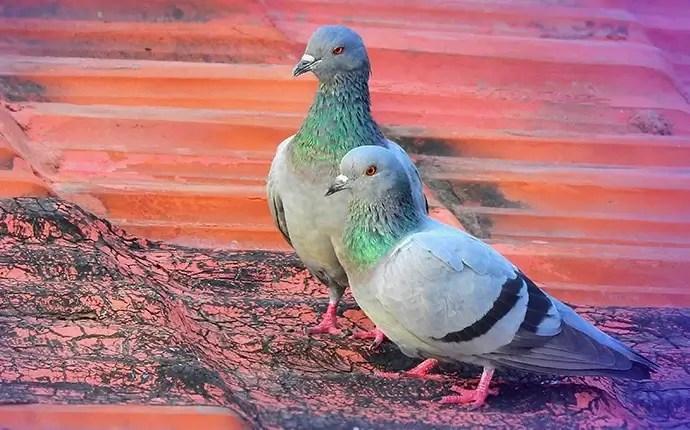
Pigeons
Pigeons grow up to 12 ½ inches long and weigh around 13 ounces, with light gray bodies, darker heads, and distinctive dark bars on their wings and tails. They have grayish-pink beaks and typically feed on seeds but will eat almost anything they find. Active in the morning and late afternoon, pigeons nest at night and thrive in both urban and rural areas, feeding on food scraps and seeds.
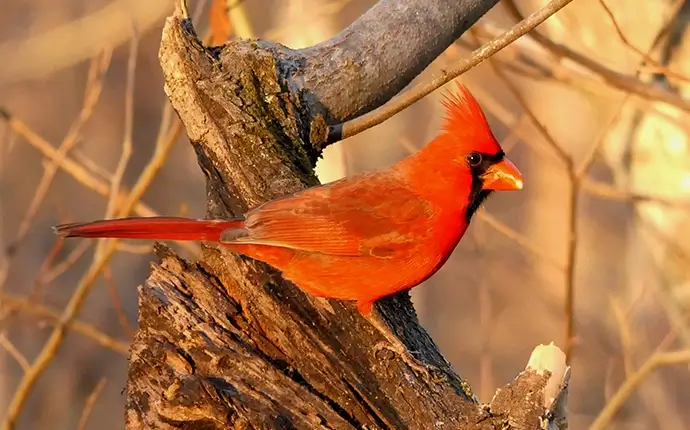
Northern Cardinal
The Northern Cardinal is a well-loved and easily recognizable bird species in North America, and the official state bird of North Carolina. Males are known for their striking, brilliant red plumage and distinctive crests, while females exhibit a more subdued combination of gray and red.
These birds are common in gardens, woodlands, and suburban areas, where their melodious songs and vibrant colors make them a delightful sight.
Northern Cardinals are non-migratory, which means they can be observed year-round in their habitats. They primarily feed on seeds and fruits, making them frequent visitors to bird feeders.
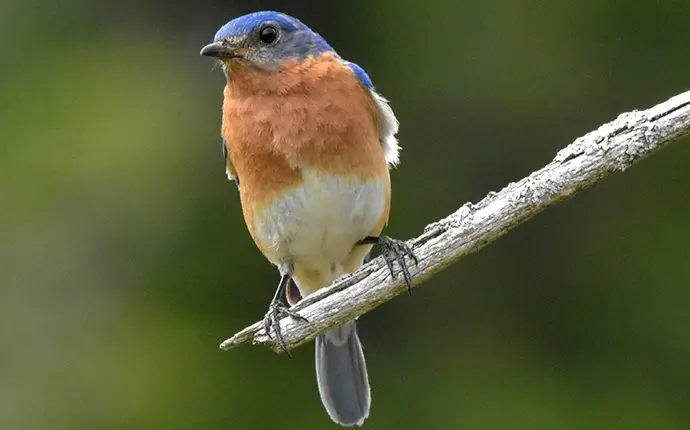
Eastern Bluebird
The Eastern bluebird is easily recognizable by its stunning sky-blue plumage, rusty-orange breast, and white belly.
These cavity-nesting birds are often found in open fields, meadows, and parklands, where they hunt for insects, small fruits, and berries. However, they may mistake man-made structures like homes or barns as suitable alternatives to natural cavities—it’s not unheard of to find a nest in an attic of a home.

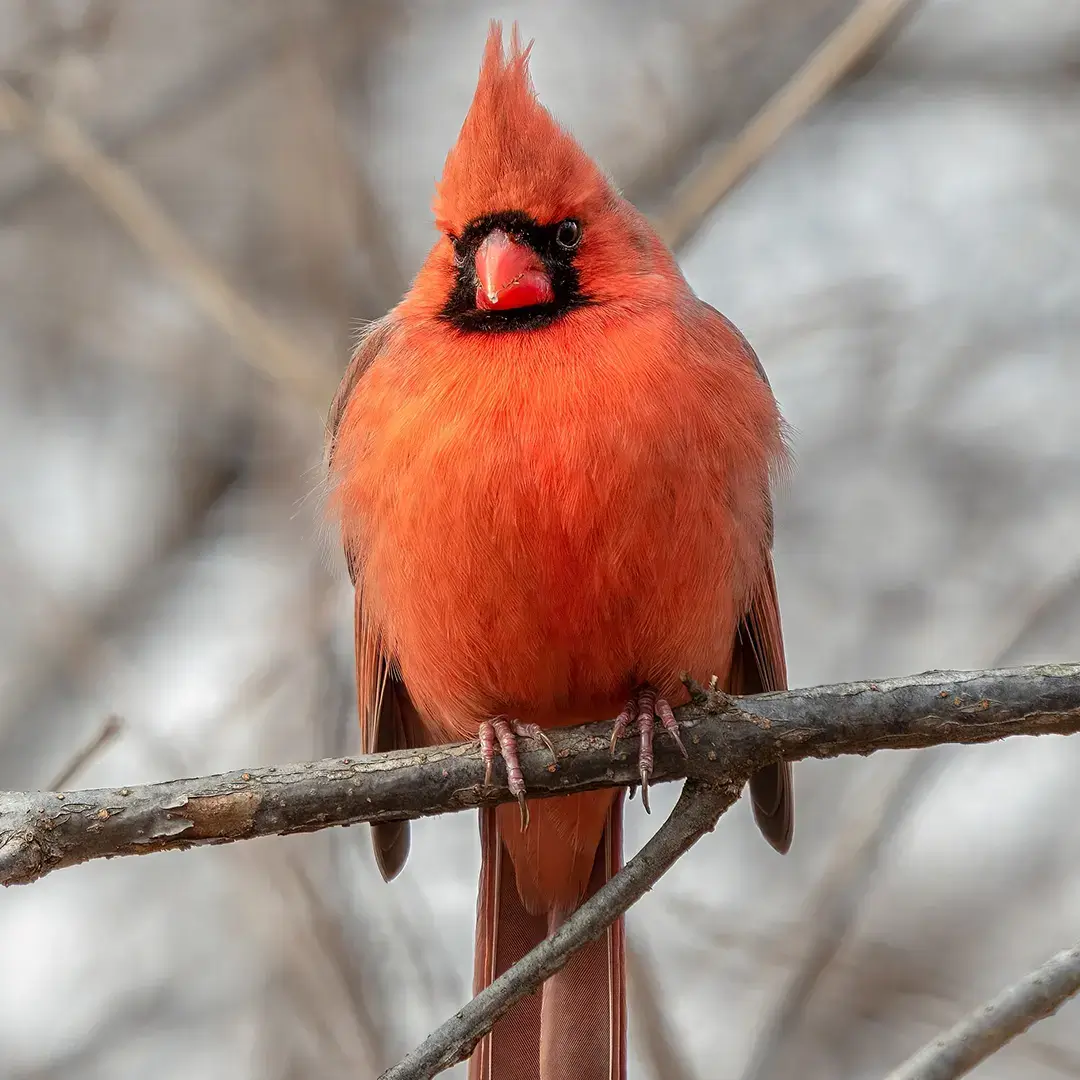
How Do Birds Get into Houses
Birds may accidentally find their way into your home for various reasons.
Open Doors, Windows, and Chimneys
Birds can easily enter a home through open doors, windows, or chimneys. They may be attracted by indoor plants, food, or simply the opportunity to explore.
Nests in Eaves or Attics
Certain birds, like sparrows or starlings, may build nests in the eaves, attics, or vents of your home, leading to unintended indoor visits.
Unsealed Ventilation
Birds may exploit gaps or unsealed ventilation systems to enter your home. It is essential to keep these areas properly maintained.

FAQ Related to Birds
Are birds dangerous?
Pest birds are dangerous for many different reasons. Their droppings can carry many diseases and bacteria that can make people ill including salmonella, toxoplasmosis, and histoplasmosis- a fungal disease mostly affects the lungs and can be life-threatening if not treated properly. In addition to diseases that they carry and transmit, pest birds are hosts to many parasites (lice, fleas, ticks, mites). Along with making people ill, accumulated pest bird droppings can lead to “slip and fall” accidents and their feces also erode signage and damage other building surfaces. Bird nests, when constructed on structures, can result in equipment and machinery damage or even failure.
How do you get rid of birds?
It is very difficult to prevent pest birds from roosting or nesting on your structure, and once they’ve established themselves, it can be even harder to get rid of them. For professional bird control in Lenoir, Blowing Rock or elsewhere in Western NC and the Piedmont region, A-1 Pest Control is the ideal solution. Using industry-leading bird control techniques and practices, you can count on our locally owned and operated company to safeguard people and protect your structure from damages caused by pest birds.
How do you keep pest birds away?
To keep starlings and other pest birds away from your home or business, you must remove food and water sources that attract them. Wherever possible, you should also seal holes that would allow them to nest inside. The best way to prevent pest birds is to consult with professionals who have the tools and knowledge to keep these nuisance and destructive pests away. To schedule an inspection for your pest bird problem, contact A-1 Pest Control today.
Signs that You Might Have a Bird Nesting in Your Home
Recognizing the signs of a bird nest in your home is important, as it allows you to take appropriate action while respecting wildlife. Here are some common signs that you might have a bird nest in your home:

Bird Activity
Frequent sightings of birds entering and exiting your home, particularly through vents, chimneys, eaves, or openings, may indicate the presence of a nest.

Nesting Materials
The discovery of twigs, leaves, grass, feathers, or other nesting materials in or around your home is a clear sign of nesting activity.

Chirping or Peeping Sounds
The sound of chirping or peeping from walls, vents, or attic spaces can be a clear indication of nestlings in your home.

Frequent Bird Droppings
Frequent bird droppings on windows, ledges, or other surfaces may indicate that a bird is nesting nearby.

Unusual Behavior
Aggressive or protective behavior by birds around your home, especially during the nesting season, may indicate the presence of a nest nearby.

Damage to Siding or Eaves
Birds may peck or scratch at the exterior of your home as they try to create or access a nesting site, leaving visible damage.
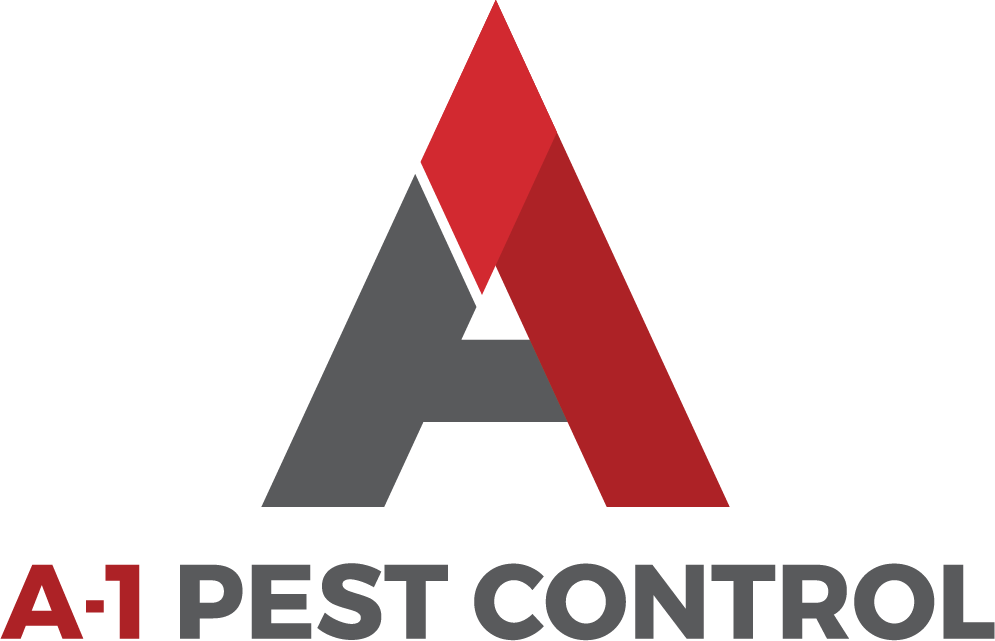
About A-1 Pest Control
If you suspect that birds have nested in your home, it’s essential to act responsibly and avoid disturbing them, especially if they are protected species. Consult with local wildlife authorities or pest control professionals like those at A-1 Pest Control to determine the best course of action for safely removing the nest or ensuring it doesn’t become a recurring problem.
If you’re seeking pest control services in North Carolina, A-1 Pest Services is your trusted source for all your bird prevention and removal needs. As a family-owned and operated company, we have been dedicated to serving our local community for over five decades, offering comprehensive pest control solutions that encompass everything from ticks and termites to a wide range of pests. Our long-standing commitment to delivering high-quality services and ongoing education has consistently distinguished us, and we take pride in assisting our neighbors in creating healthier, happier homes.
To explore our termite control options and to schedule a complimentary inspection! We proudly extend our services to Lenoir, Mooresville, Hickory, Blowing Rock, West Jefferson, and the surrounding regions of North Carolina.

